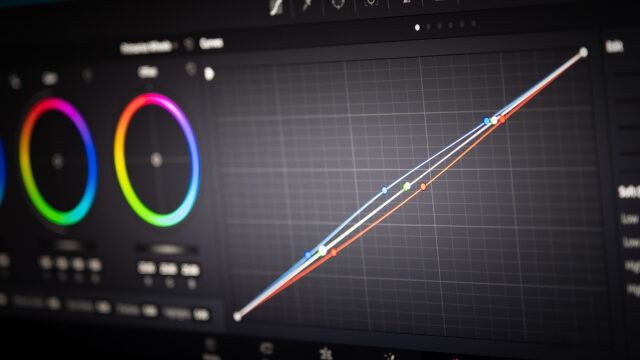Quick Tip: DaVinci Resolve White Balancing
Music Courtesy of MusicVine.com Get 25% off your next music license with code C5D25 (valid for one use per customer)
Circumstances don‘t always allow to properly white balance the camera on-set. There are many reasons for that like mixed lighting, discrete increments in the camera‘s Kelvin adjustments — like when shooting in Cine EI mode on a Sony camera — color casts from windows or streetlights or even an incompetent cameraperson.
Even when everybody did their job right on-set, it’s often necessary to properly white balance material.
It does not matter whether you are just slapping a creative LUT on your footage to create a look or if you carefully color-grade manually — if you don’t start with a correctly white balanced image you are wasting time. For example, if you want to design Powergrades you need to make them in a way so that they are based on a correctly balanced image or you will be getting inconsistent results.
When I started using DaVinci Resolve I struggled a bit to get my shots white-balanced quickly. I frantically twisted colorwheels, and rolled Gain, Gamma and Highlight balls, guided by nothing more than a gut-feeling and an occasional glance at the vectorscope.
The built-in color temperature/tint parameters do work in some cases — like the first one I show in the tutorial — but sometimes they are just not precise enough and/or introduce color casts in darker or brighter parts of the image.
Getting the White Balance right
It was frustrating and time-consuming, so I looked for a more methodical approach. In this video, I share two of the techniques I found and most frequently use to take the guesswork out of whiterbalancing.
The first one is suited for situations when the image has a uniform color cast like the one that happens when the cameras Kelvin (color temperature) settings are off.
The second approach is useful when different tonal areas of the image have different color casts, for example, warm highlights, correct mids, and blue darks.
I hope this saves you frantically twisting colorwheels, and rolling Gain, Gamma, and Highlight balls.
If you have questions, ideas, suggestions or maybe have a little gem of knowledge to share, please put them in the comments!


























